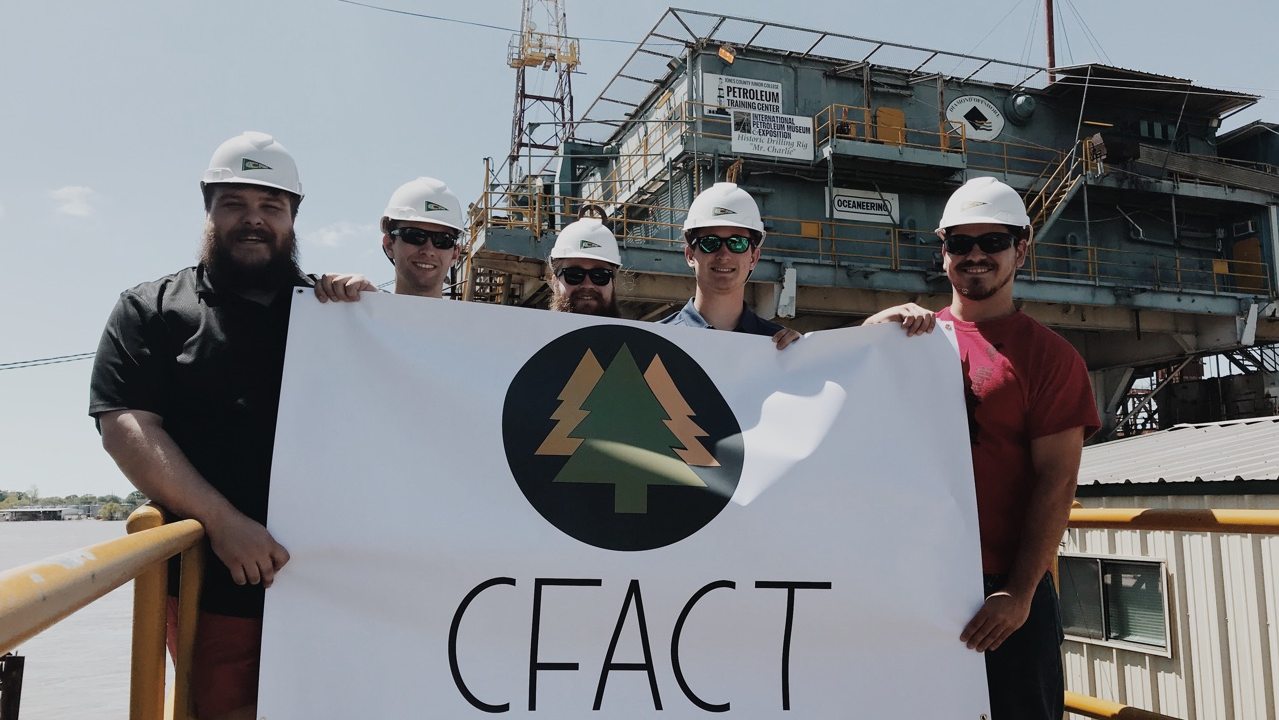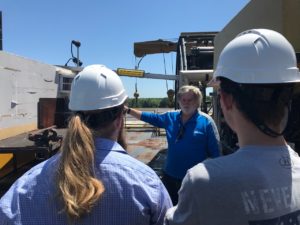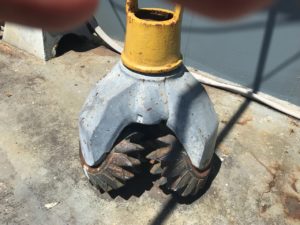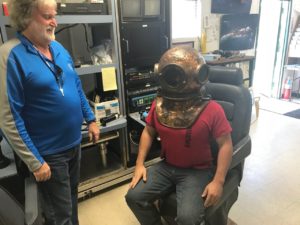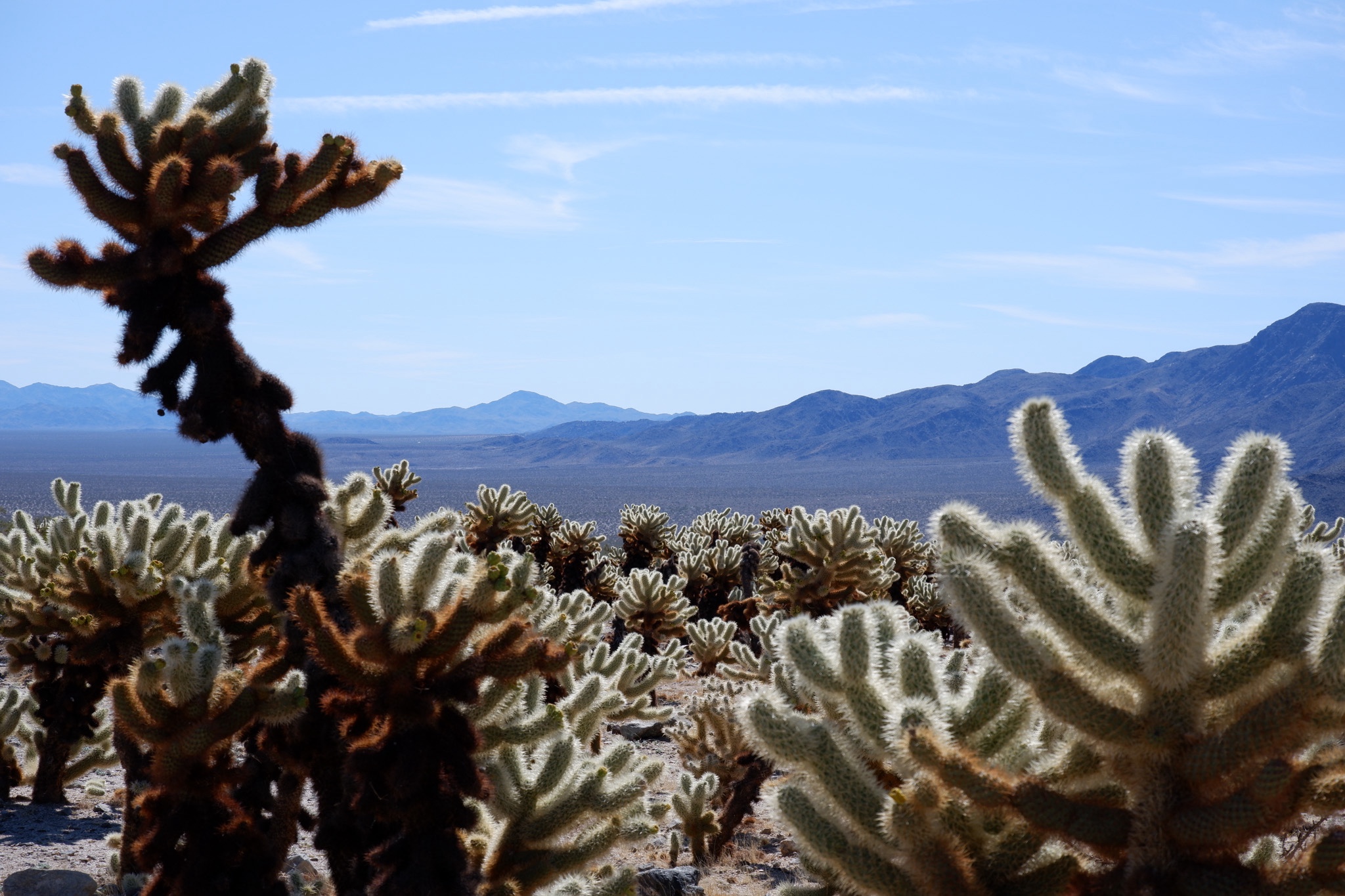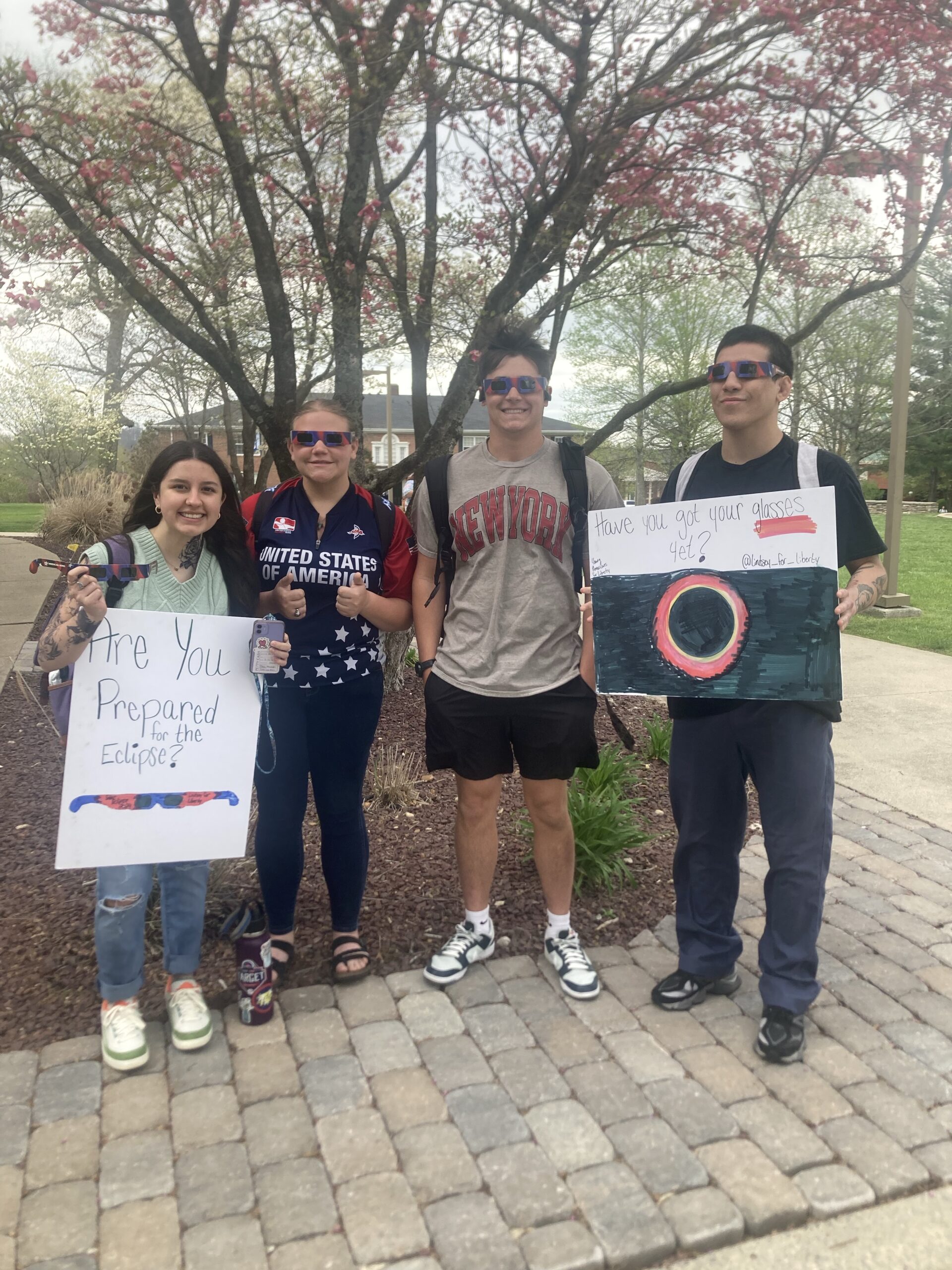We all take our energy for granted.
Heating our homes, filling up the tank, plugging in our phone; too often we forget what it takes to enjoy such incredible comforts and necessities.
CFACT at the University of Louisiana, Lafayette (ULL), toured an authentic offshore oil rig that has been retired from service to get a first hand understanding of how energy is obtained.
Andre, a ULL student studying to be a petroleum engineer, said, “This rig tour was a great opportunity to learn about the complexity of how energy is gathered, and why it is necessary to support the oil and gas industry.”
Located in Morgan City, Louisiana, today, the “Mr. Charlie”
oil rig once operated in the Gulf of Mexico and drilled hundreds of wells during its lifespan. The rig was a pioneer of its time, as its creator, A.J. “Doc” LaBorde, invented the idea of creating an actual portable “rig” to drill wells offshore. Prior to this idea, which took root in 1953, companies would head to a rig piecemeal, with all sorts of boats carrying different equipment in a very disorganized, inefficient manner. “Mr. Charlie” revolutionized the industry.
“Mr. Charlie” was named after Charles H. Murphy, an entrepreneur, oil developer, and father of the owner of Murphy Oil Corp. Murphy had such an impact on his son that henamed the rig after him. Murphy Oil was one of the principal investors in LaBorde’s ingenious rig idea.
“I had a great time on the rig tour with CFACT, it is great to get out of the classroom and see things first hand,” said Clayton, another ULL student. “That’s why I like CFACT.”
The students got to learn the technicalities behind how a well is drilled. “The derrick is lowered any time the rig is being transported. The barge on which the drilling rig is built houses the motors, generators and pumps, used to operate the rig. Also located in the barge are the compartments called “ballast tanks,” used to sink the barge and hold it on location. These tanks are flooded with sea water once the barge is on location. There are rubber tires mounted on steel columns, called bumpers. These protect vessels that tie up to the rig (when the weather permits) to load and offload cargo and personnel. The legs support the rig or platform and connect it to the barge. They can also be used to access the barge from the rig.”
The Cellar Deck, also known as the “moon pool,” is where the well is drilled, and is located below the drilling floor.
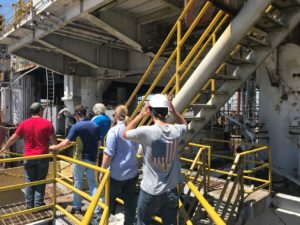
The group moves along the railing of the rig as the guide explains the history of drilling on “Mr. Charlie.”
A rig is also a portable apartment on the sea for its workers. “The top-most deck is the ‘heliport.’ Helicopters are used to quickly transport personnel and equipment as needed. It is located above the living quarters. The upper level of the living quarters are made up the Galley (kitchen), dining area, recreation area, the tool pusher’s office suite and the company man’s office and quarters. The lower level living quarters contains: crew changing areas, group shower room, crew’s lockers, and toilet facilities; personnel staterooms, storage areas; and the rig’s ‘hospital’ or first aid station.”
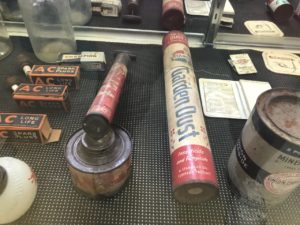
Included on the rig were examples of products made with oil from the Gulf when the rig was in operation.
